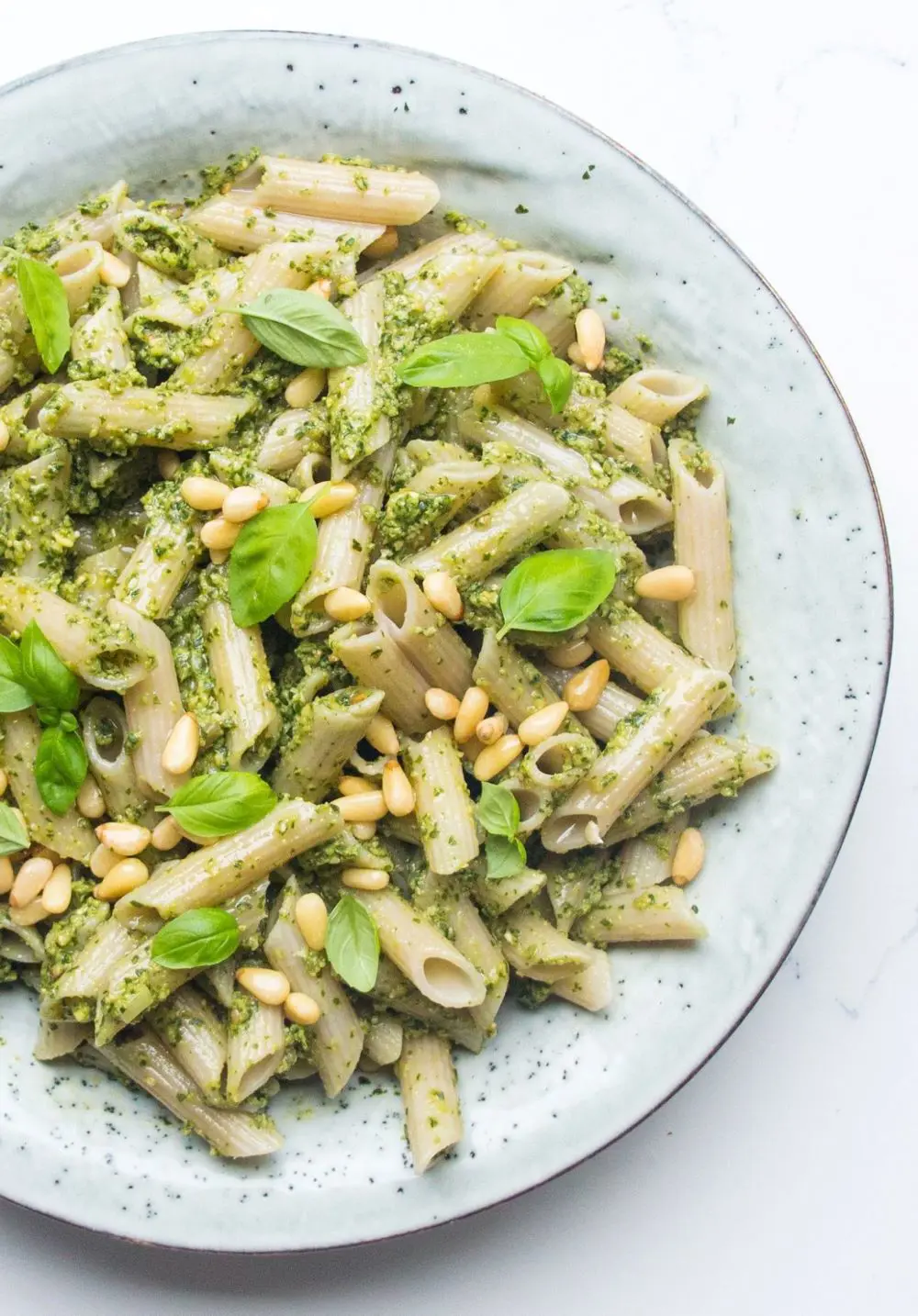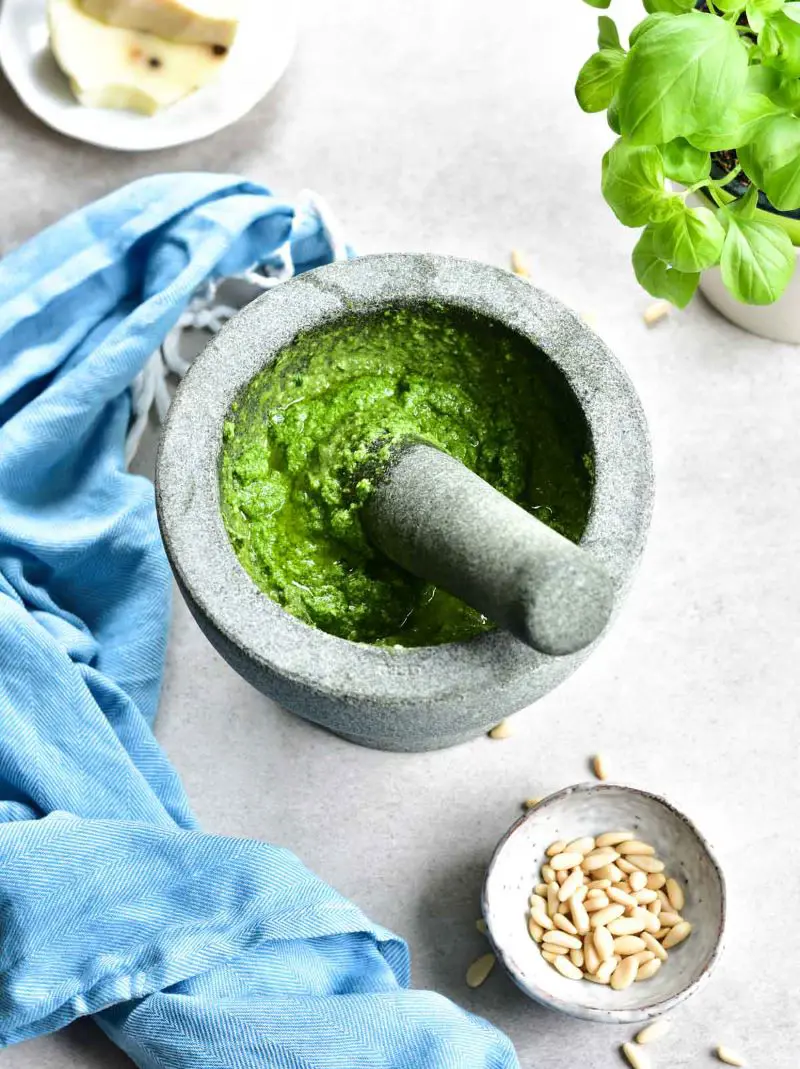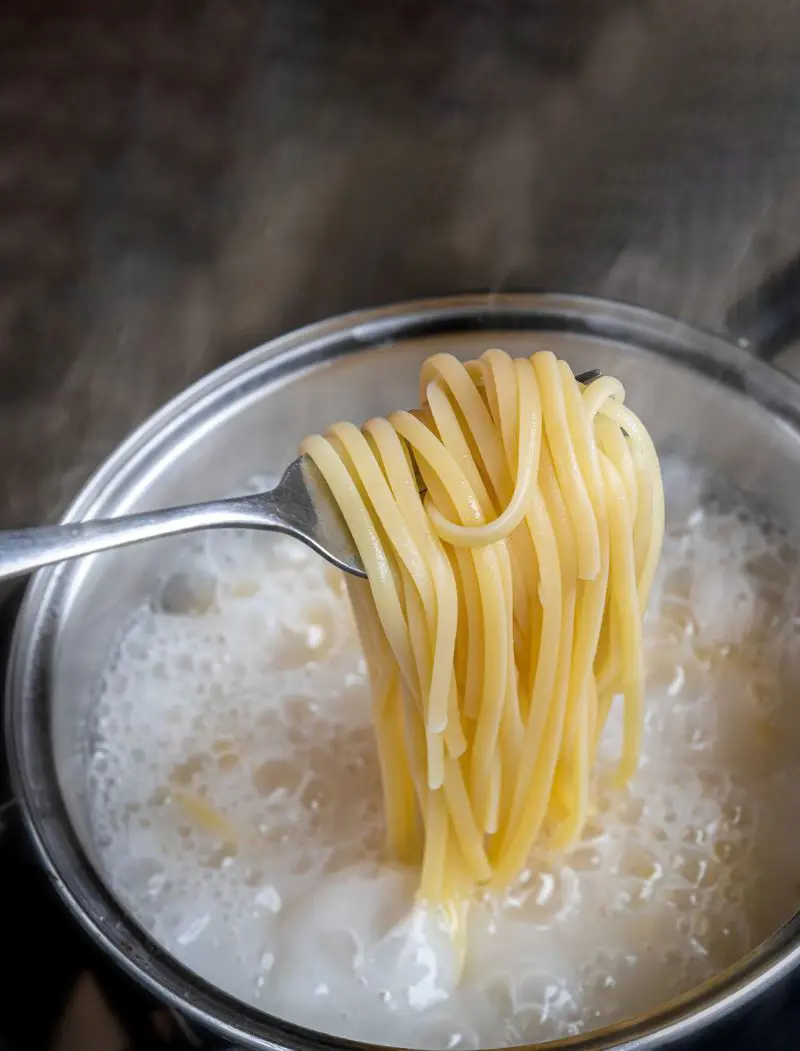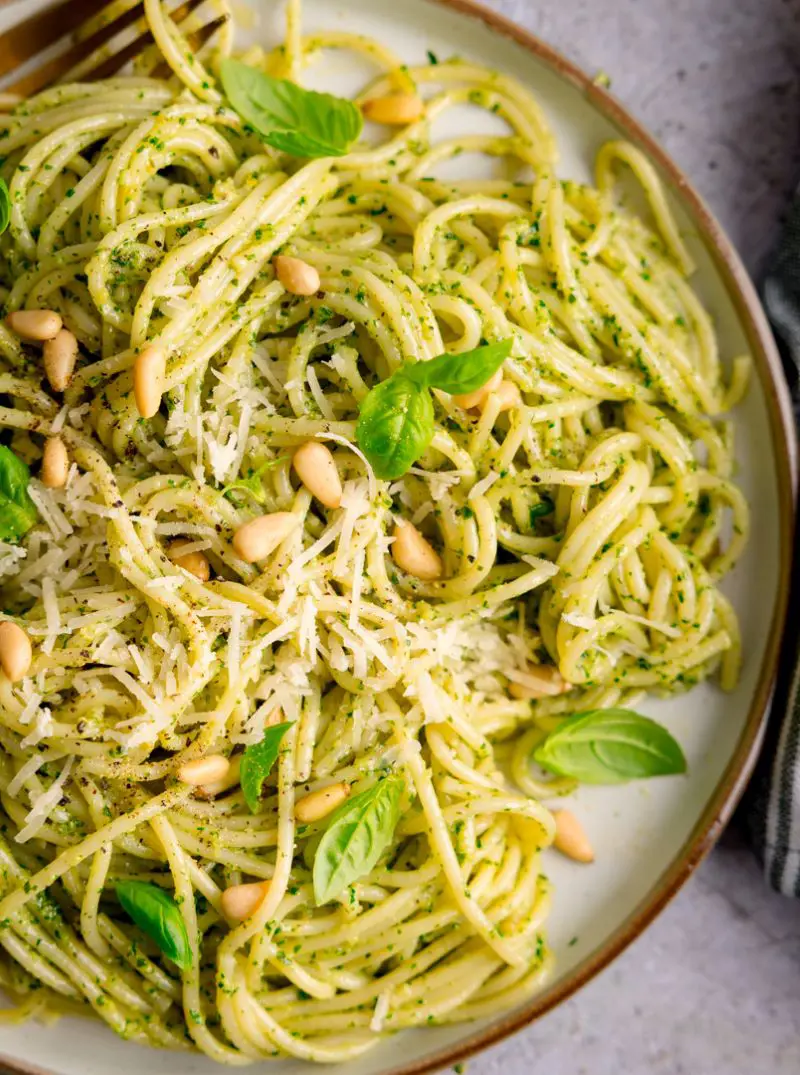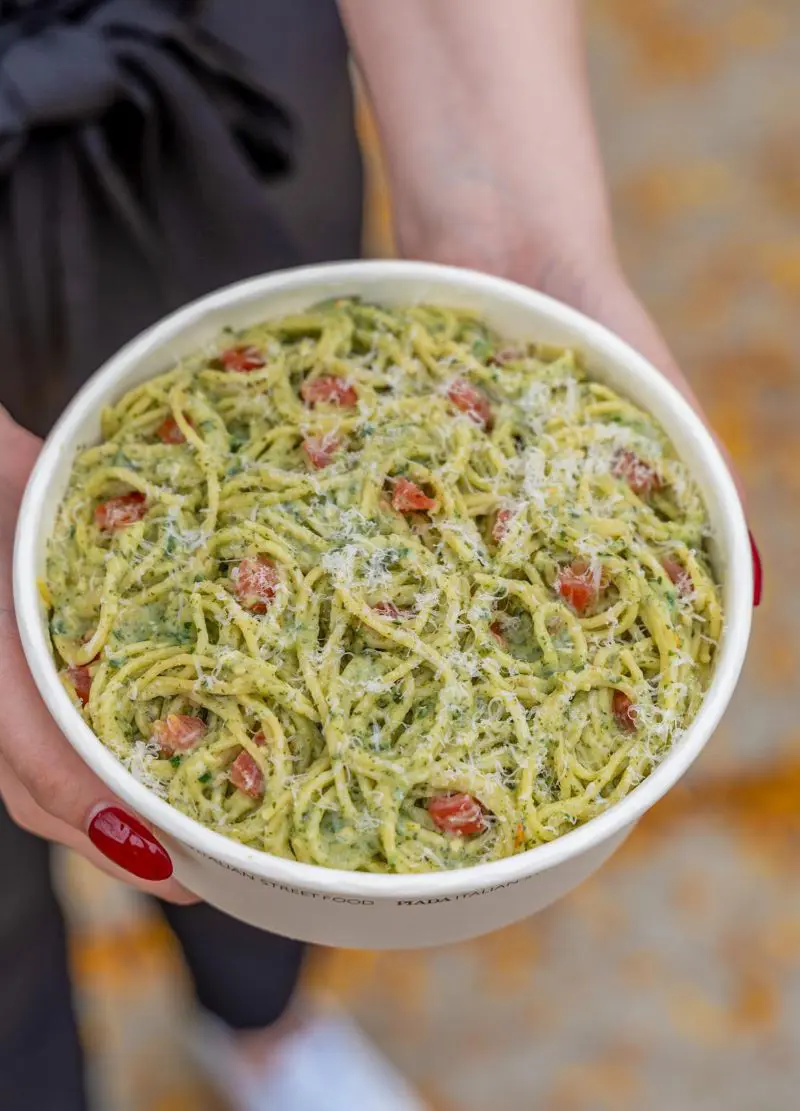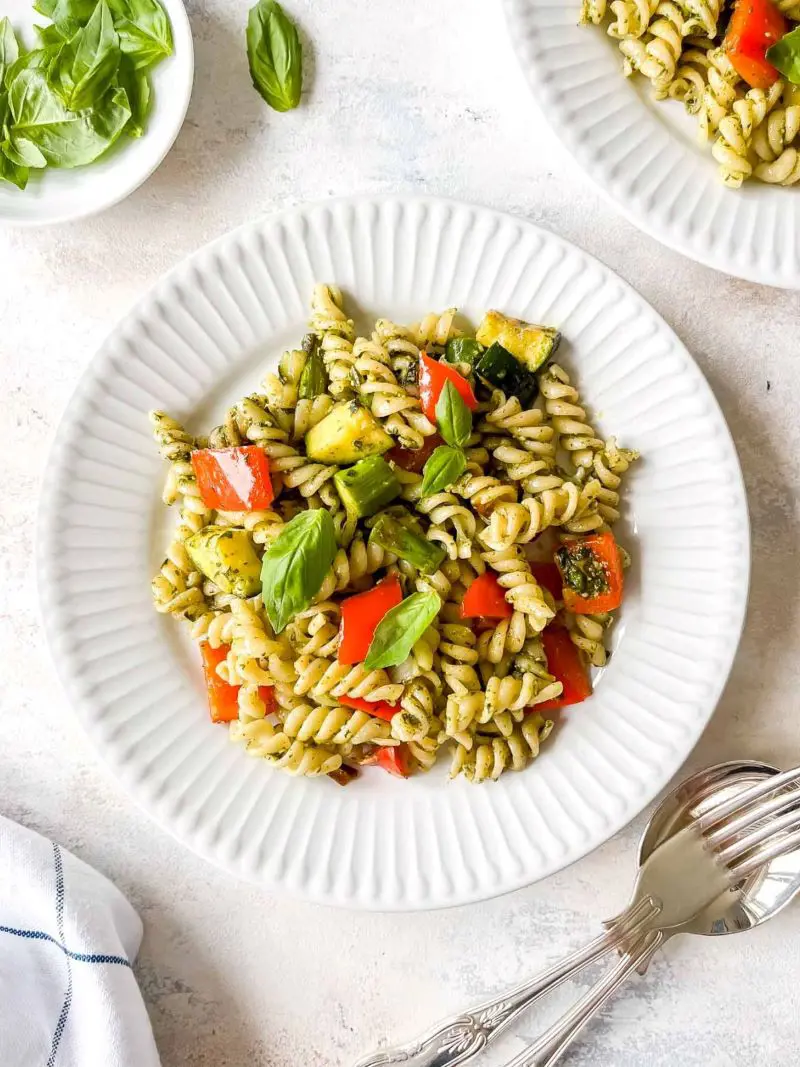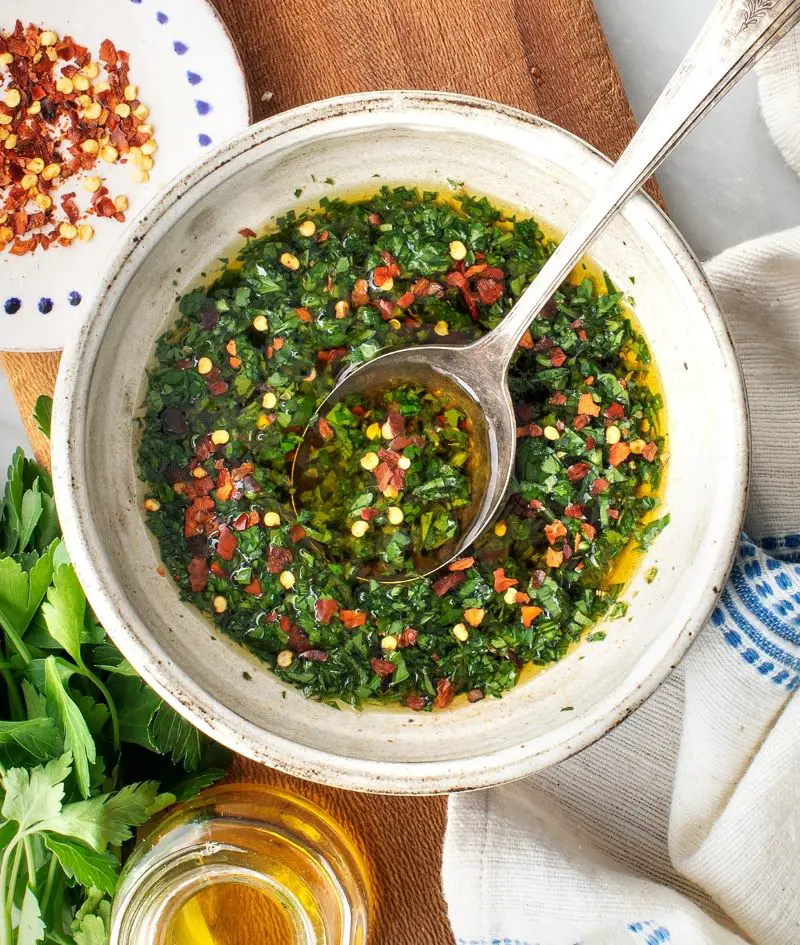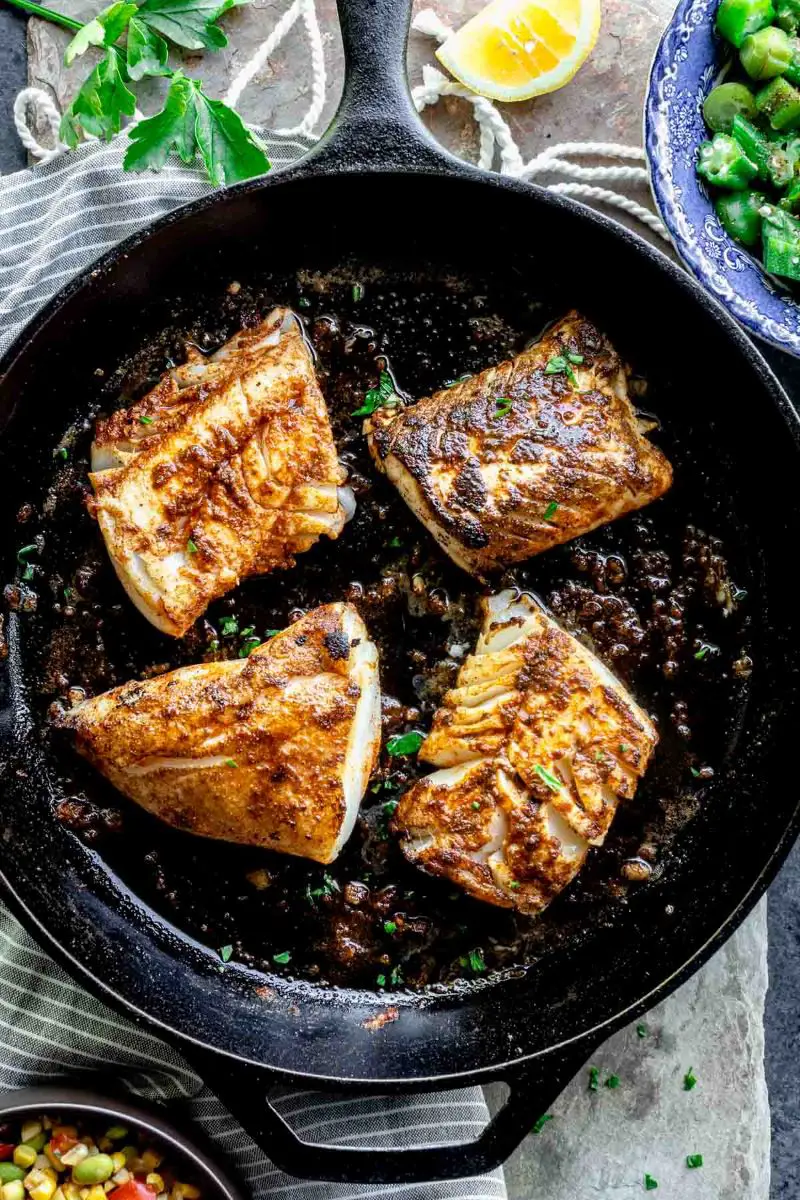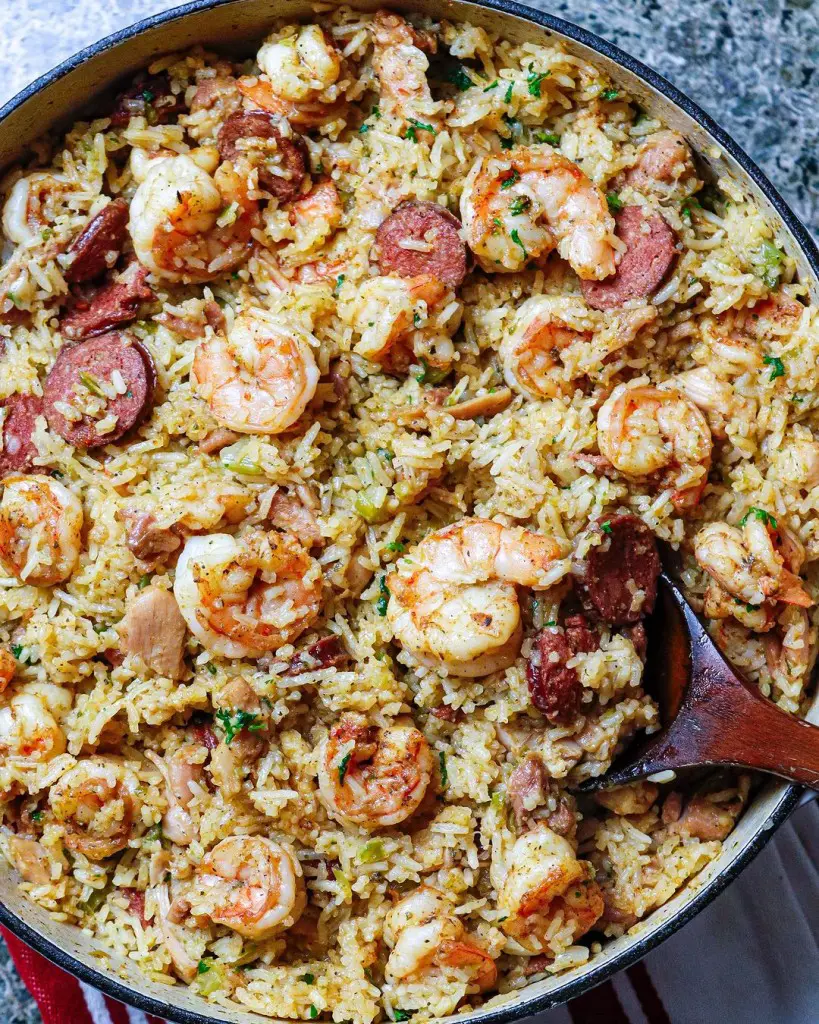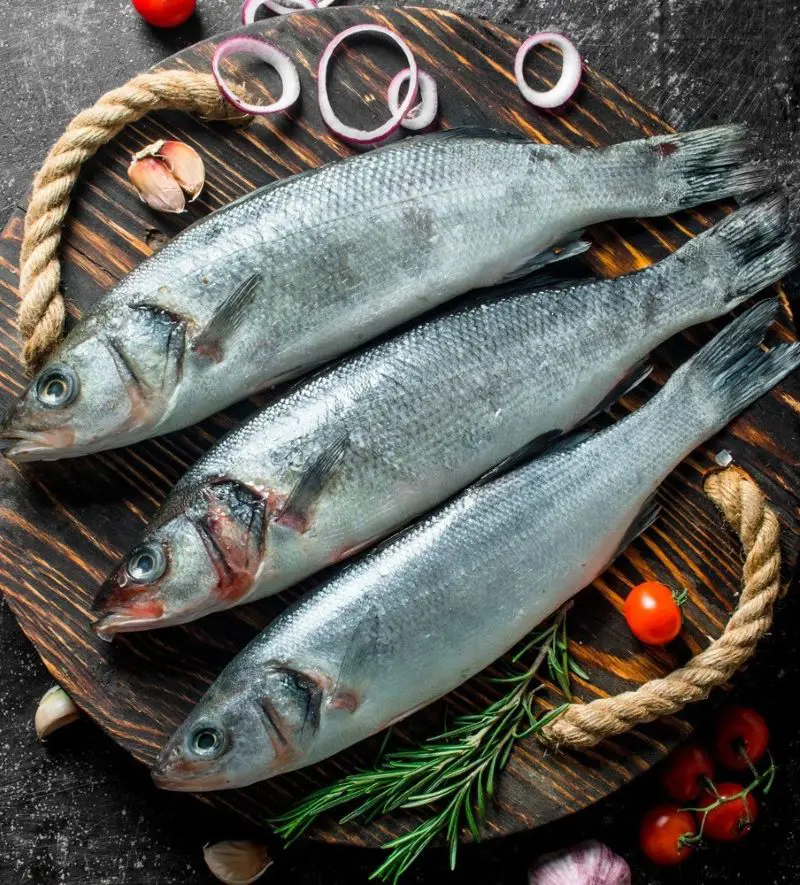Ingredients: Quality Over Quantity
All set to make a family-pleasing pesto pasta for tonight? Don’t rush just yet! First, you’ll need to gather some key components, which are:
Basil

It gives the dish a fresh, natural taste. Choose the freshest basil leaves, around 50 grams, for the pesto sauce, as they have a brilliant, strong flavor. Their slightly candy and peppery flavor pairs perfectly with the other elements, making the pesto rich and fragrant.
Garlic
It is a must to achieve that fragrant garlicky flavor. Just 2 cloves and it gives the sauce a bold depth with its mild spiciness and pungent taste. Let’s not forget, it also enhances the aroma of the dish. So, don’t skimp on this.
Pine Nuts
These delicate nuts add a subtle, buttery flavor and creamy texture. They can be toasted to enhance their taste. You will want around forty grams (3 tbsp) for this recipe. Don’t have them? No concerns—you may use walnuts, almonds, cashews, or pumpkin seeds, relying on what you've got accessible.
Olive Oil
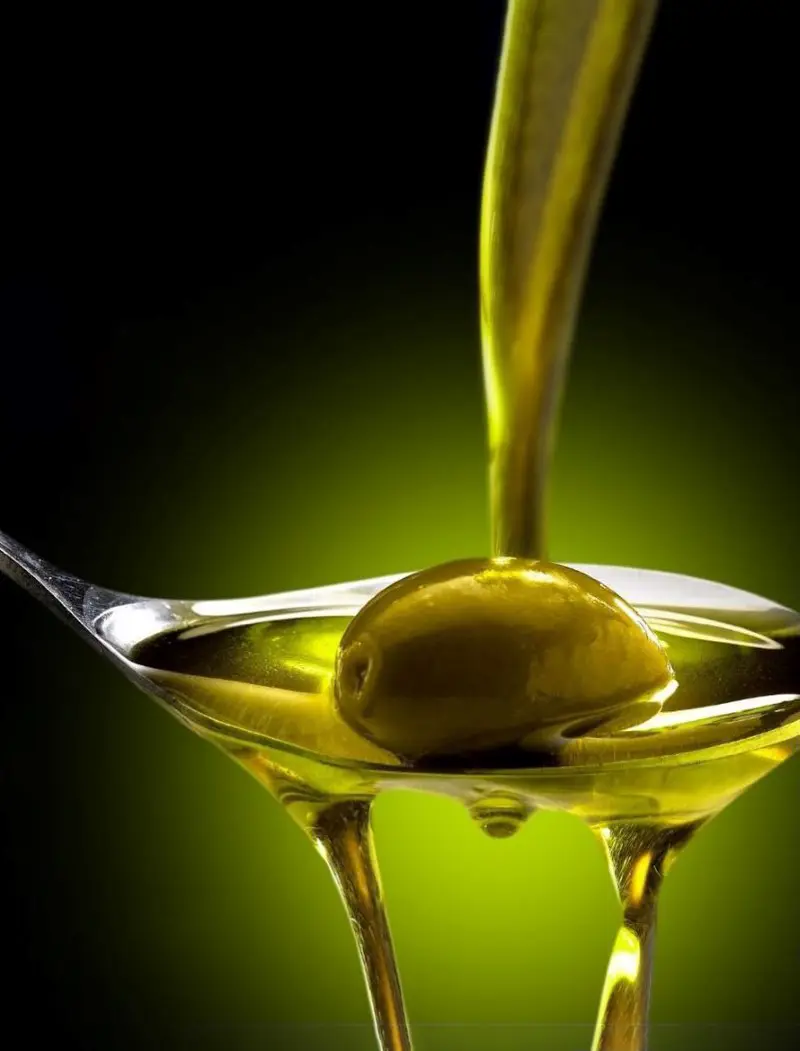
Use 1/3 cup of (high-quality) extra virgin olive oil. It serves as the base for the sauce and binds the substances together. The oil provides a rich, fruity undertone that enhances the freshness of the basil and the sharpness of the garlic.
Salt
Just a pinch of salt (1/2 teaspoon) to enhance and balance the flavors of other components. Without it the sauce will taste flat and bland. It is essential for the overall taste.
Black Pepper
Freshly ground black pepper is the optimal choice. It adds a subtle heat and a bit of sharpness to the pesto. Use just ¼ teaspoon to add complexity to the flavor profile and achieve that gentle kick. This makes the sauce more dynamic and tasty.
Pasta
You can use any pasta you like for pesto! Pesto pairs well with a lot of pasta shapes. Spaghetti is a traditional preference, but different alternatives inclusive of penne, fusilli, farfalle, or orecchiette work well too. The pasta should be able to hold onto the sauce. Use 400 grams for this recipe.
Parmesan Cheese
The granular texture of Parmesan enables thicken the pesto and offers it a creamy consistency. Grated Parmesan melts slightly when mixed into the warm pesto, developing a smooth blend that coats the pasta superbly.
Use around 1/3 cup of Parmesan, and grate it yourself for the best result.
